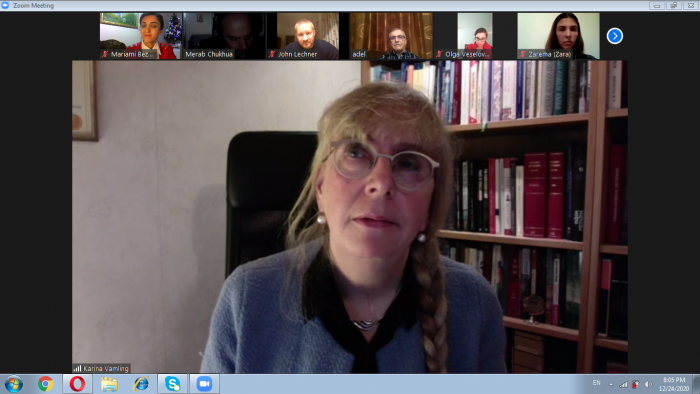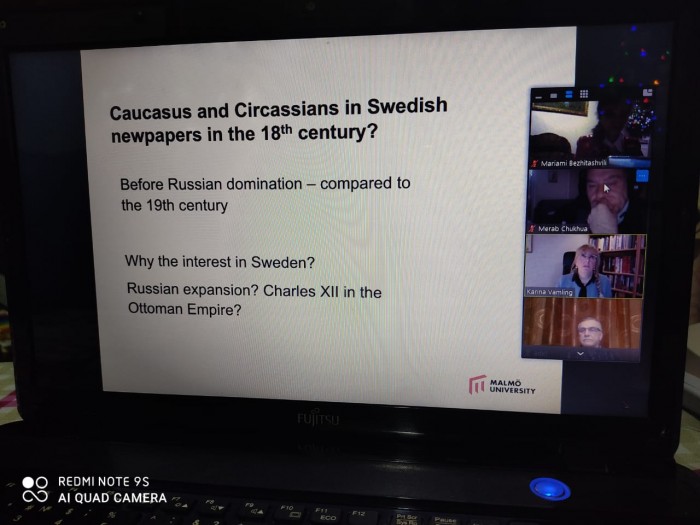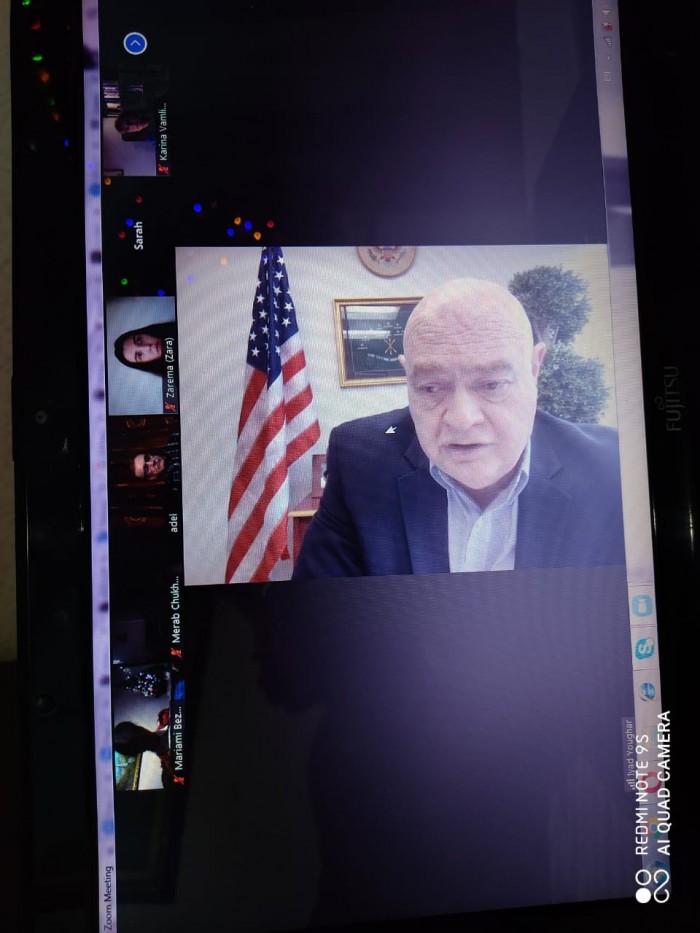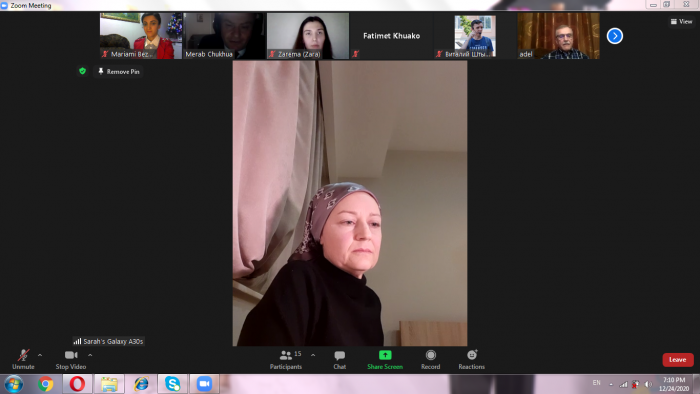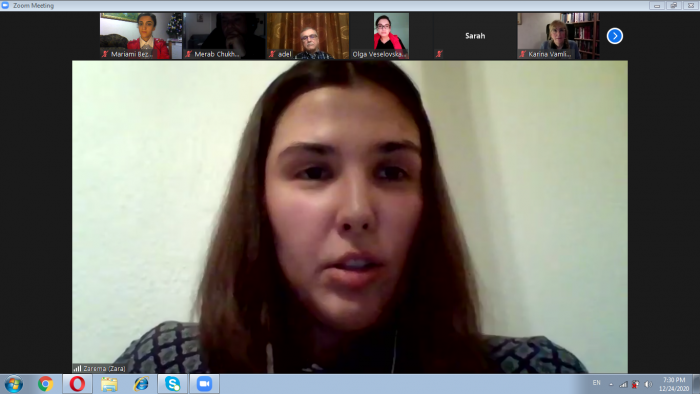Treaty of Adrianople Between a Crumbling Empire and a Grasping One
By: Adel Bashqawi
V International Session
The Circassian Cultural Center, Tbilisi
24 December 2020
Abstract
The weakness and subsequent disintegration of the Ottoman Empire created favorable conditions for the Russian Empire to achieve its colonial goals. The Russian policies were aimed at controlling vast geographical areas in various regions such as the Caucasus, although some of these areas were not parts or colonies of the Ottoman Empire. That started with the hegemonic powers conspired to conclude treaties and agreements in the absence of the real stakeholders. Therefore, the Russian invaders caused multiple calamities to tens of indigenous peoples and nations such as Circassian nation, which were exposed to the most unmatched oppressive conditions in the history of Mankind.
Introduction
Dozens of small peoples and nations have been subjected to tragedies in the Caucasus and beyond. Thus, Circassians in particular have been exposed to mistreatment. 90% of the Circassian nation was deported from homeland, across the Black Sea to the Ottoman Empire, most of which occurred by utilizing vessels that lack seaworthiness. Simultaneously, 10% of the inhabitants remained in their homeland.
Confidential Meetings and Treaties
— Küçük Kaynarca
The 1774 “Treaty of Küçük Kaynarca” confirmed Ottoman weakness, acquiescence, and potential disintegration. The Russian Empire exploited colonial spoils and imperial influence gained as a result of competitor shrinkage. Thus, “at the conclusion of the Russo-Turkish War of 1768–74 at Küçük Kaynarca, in Bulgaria, ending Undisputed Ottoman control of the Black Sea and providing a diplomatic basis for future Russian intervention in internal affairs.” [1] The “treaty was a most humiliating blow to the once-mighty Ottoman realm.” [2]
“The treaty’s commercial provisions gave Russia the right to establish consulates anywhere in the Ottoman Empire, to navigate freely in Ottoman waters through the Straits of the Bosporus and the Dardanelles, and to enjoy commercial privileges in Ottoman lands.” [3]
— Adrianople
Imperial powers competed for the acquisition of regions that contain homelands of the Caucasus peoples and nations, regardless of cost and circumstances. Colonialists authorized themselves to do so. They considered that this option is of their prerogative. “The treaty foreshadowed the Ottoman Empire’s future dependence on the European balance of power and also presaged the eventual dismemberment of its Balkan possessions.” [4]
The Ottomans and Tsarist Russians bear moral and legal responsibility. “Soon after signing the Adrianople treaty, in order not to involve external forces in fighting for independence of Circassia, the Circassian coasts were blockaded by the Russian Black Sea fleet.” [5] It was intended to allow the Russian Empire to control the strategic sites of the Black Sea. “The treaty allowed Russia to annex the islands controlling the mouth of the Danube River and the Caucasus coastal strip of the Black Sea.” [6]
Exchanging homelands, and swapping colonial interests between those who do not own to those who do not deserve. The Circassians emerged on the verge of destruction and/or separated from their homeland and their origin. “It gave Russia, as the victors,” Item (b) of Treaty of (Edirne) Adrianople (1829): “Control of the Caucasus coastal strip by annexation of considerable territory in the Caucasus.” [7]
“Russia had asked Sultan Mahmud to detain Prince Zan in Turkey until Russia is done with arranging the situation in Circassia- which deteriorated during the period of the Circassian delegation’s presence in Istanbul- as the Russian forces began to march in Circassia.” Hence, Zan “was forced to stay in Istanbul while the other members of the delegation left and returned to their homeland accompanied by a Turkish version of the Treaty of Adrianople.” [8]
A Circassian author revealed that prince “Sefer Bey began to understand the biggest calamity; it was that the Circassians would find themselves in the middle between Europe and Russia, which is like a millstone. Circassia became like a wheat grain that the millstone would turn into flour.” [9]

Conclusion
The Treaty of Küçük Kaynarca signaled a decline in the domination of the Ottoman Empire and the loss of its sovereignty over its territorial lands and waters, while the Treaty of Adrianople meant to implement Russian colonial policies in Circassia and the Caucasus. It wasn’t Circassians’ fault to be situated in a sensitive strategic location, being the focus of attention, where the greedy Russian empire was targeting to acquire their homeland and the entire black Sea coast. Therefore forced the indigenous people to vacate their homeland, replaced by Russian and Cossack settlers.
References
[1] (https://www.britannica.com/event/Treaty-of-Kucuk-Kaynarca)
[2] (http://self.gutenberg.org/articles/Treaty_of_K%C3%BC%C3%A7%C3%BCk_Kaynarca?View=embedded%27)
[3] (https://www.britannica.com/event/Treaty-of-Kucuk-Kaynarca)
[4] (https://www.britannica.com/event/Treaty-of-Edirne)
[5] (Bashqawi, Adel. Circassia: Born to be Free. Page 39)
[6] (https://www.britannica.com/event/Treaty-of-Edirne)
[7] Imperial Russia: A Reference Handbook (J. Paxton), Page 135 (https://books.google.jo/books?id=7MKADAAAQBAJ&pg=PA135&lpg=PA135&dq=Treaty+of+Adrianople+(1829),+between+the+Ottoman+Empire+and+Russia&source=bl&ots=vtoYYzK0y8&sig=MaSZNkDQVMd9wYQyYUpu1PLpeAc&hl=en&sa=X&ved=0ahUKEwjK2_7A3t_XAhWBZFAKHYu5A7oQ6AEITzAH#v=onepage&q=Treaty%20of%20Adrianople%20(1829)%2C%20between%20the%20Ottoman%20Empire%20and%20Russia&f=false)
[8] (Bashqawi, Adel. The Circassian Miracle. Page 569)
[9] (Bashqawi, Adel. The Circassian Miracle. Page 570)




